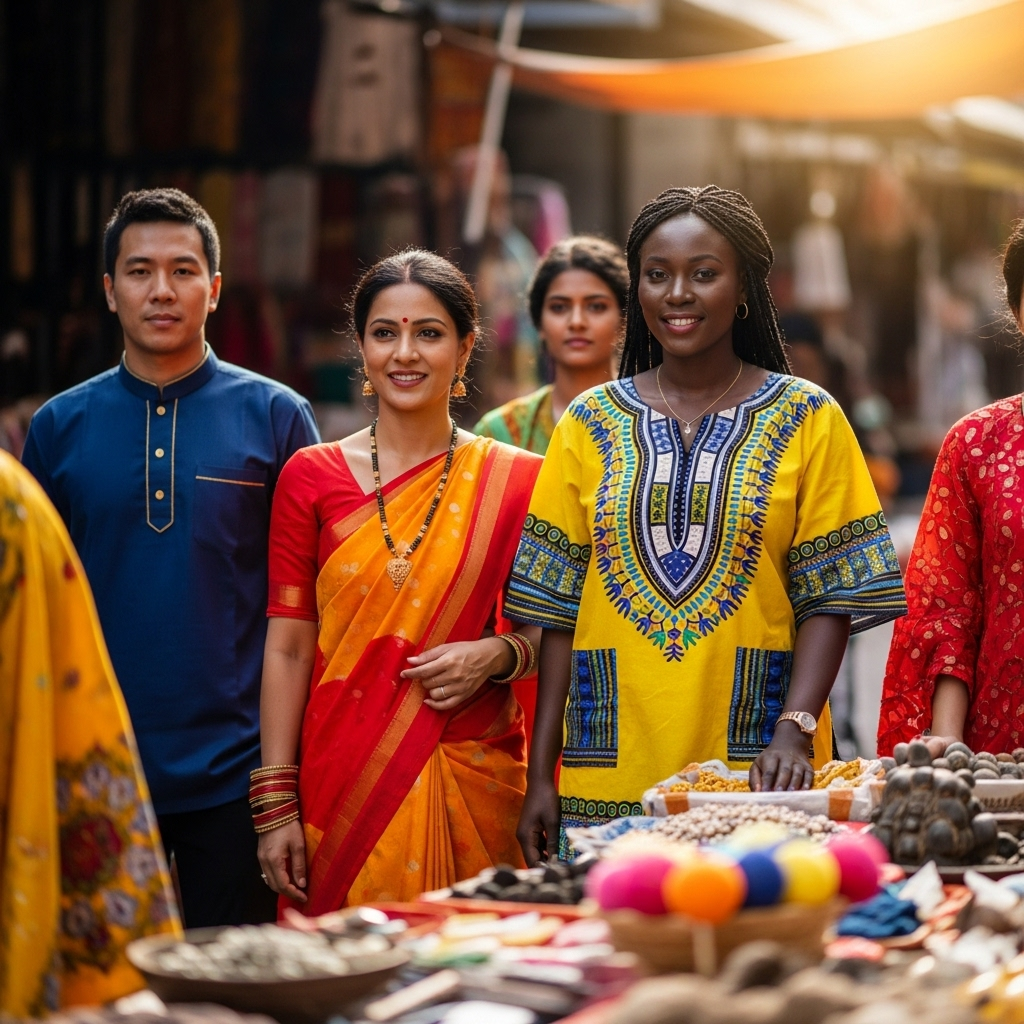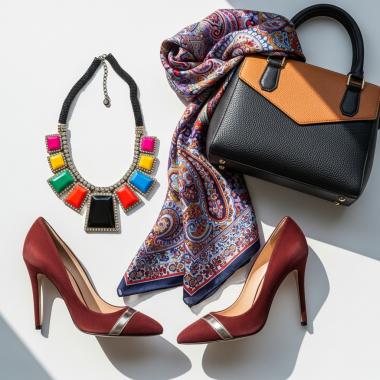Color is arguably one of the most immediate and impactful elements in fashion. Before we even register the fabric, silhouette, or detail of a garment, its color registers with us, evoking emotions, communicating messages, and influencing perceptions. Far from being a mere aesthetic choice, the cultural significance of color in fashion runs deep, woven into the fabric of history, tradition, psychology, and societal norms across the globe. Understanding these nuances unlocks a deeper appreciation for how we dress and what our choices convey.
Different colors carry distinct symbolic meanings that vary significantly across cultures. For instance, white, in many Western cultures, symbolizes purity, innocence, and new beginnings, making it the traditional color for wedding dresses. However, in some Eastern cultures, white is associated with mourning and death, a stark contrast to its Western interpretation. Similarly, red, universally recognized as a vibrant and powerful color, can signify love, passion, and danger in Western contexts, while in China, it represents luck, prosperity, and joy, frequently worn during celebrations. These cultural variations highlight the importance of context when interpreting fashion choices.
Beyond broad cultural symbolism, colors also carry psychological impacts that influence mood and perception. Warm colors like red, orange, and yellow are often associated with energy, warmth, and excitement, capable of drawing attention and stimulating emotions. Conversely, cool colors such as blue, green, and purple tend to evoke feelings of calm, tranquility, and sophistication. Black is frequently linked with formality, power, and elegance, but can also convey mystery or solemnity. White often suggests cleanliness and simplicity. Designers strategically use these psychological associations to create specific moods and communicate particular messages through their collections.
Historically, color in fashion has been intrinsically linked to social status and availability. Before synthetic dyes, certain colors were extremely difficult and expensive to produce, making them exclusive to the elite. Tyrian purple, derived from a rare sea snail, was reserved for Roman emperors and royalty, instantly signaling immense wealth and power. Similarly, true blue was once a costly pigment. The democratization of dye production with the industrial revolution made a wider palette accessible to all, gradually eroding some of these class distinctions, though certain color associations (like navy for professionalism) have endured.
Color also plays a crucial role in cultural identity and tradition. Many indigenous groups and ethnic communities have specific color palettes and combinations that are integral to their traditional dress, serving as visual markers of their heritage and belonging. The vibrant hues of a Maasai shuka, the intricate embroidery on a Ukrainian vyshyvanka, or the specific use of indigo in West African textiles are not arbitrary choices; they are deeply embedded in the cultural narrative, expressing values, beliefs, and lineage. Wearing these colors is an act of cultural affirmation and preservation.
In contemporary fashion, color continues to be a powerful tool for expression and trend-setting. Fashion seasons are often defined by trending color palettes, influencing everything from runway collections to high street offerings. These trends can be influenced by art, social movements, global events, or simply the cyclical nature of aesthetic preferences. A designer’s choice of color can make a political statement, celebrate a mood, or even challenge societal norms. The emergence of gender-neutral fashion, for instance, often utilizes more muted or universally appealing color schemes to break traditional gendered associations.
In conclusion, color in fashion is far more than a visual attribute; it is a complex language spoken across cultures, conveying meaning, evoking emotions, and reflecting societal structures. From ancient traditions to modern trends, the intentional use of color continues to shape how we present ourselves and how we perceive others, making it an indispensable and deeply fascinating aspect of the sartorial world.



